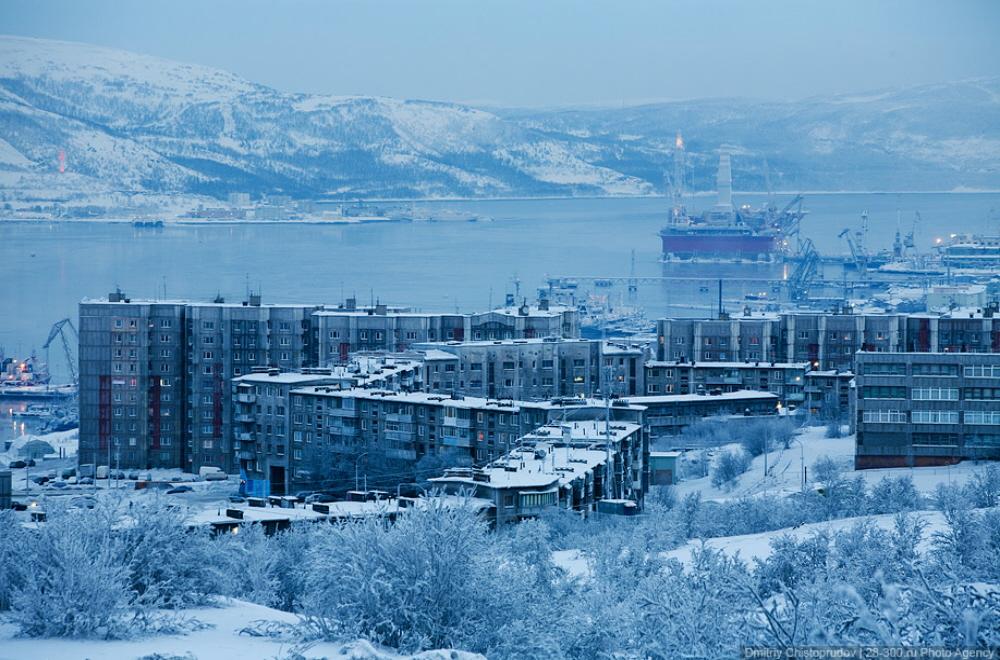1. Svalbard

This is by far the most beautiful place in Norway. Not only are the icebergs and waterfalls breathtaking, but there is also a fair chance that you will spot a polar bear. If you are still unconvinced, just look at the picture! The entire archipelago lies within the Arctic Circle, so make sure to visit during the warmer months. Many companies also offer cruises with stops in Svalbard. Visiting this icy land is a MUST during your lifetime.
2. Trollstigen

Trollstigen literally translates to Troll's Ladder. This treacherous road has eleven hairpin bends as it winds down the Norwegian Mountains in the Rauma municipality.You are free to take a hike and admire it from a distance, but if you decide to take the drive, then don't go too fast! You won't be alone, though. During peak tourist season, about 2,500 cars traverse the road. There is a viewing balcony off the road that displays the downward road and the Stigfossen waterfall.
3. Kjeragbolten
This precariously located boulder is wedged between two cliffs on the Kjerag mountain in Rogaland. It is wide and sturdy enough for a person to stand on. However, most do not have the guts because the boulder is situated right above a 984 meter deep abyss. Even if you don't feel like posing on top of the boulder for a picture, you can still hike up for an amazing view.
4. Trolltunga
Norway is full of cliffs and outstanding views, and so another one has made the list. Trolltunga means Troll's tongue, and the name fits its appearance. To get here, you will have to brave a four hour hike up the side of the mountain. The hike is very challenging, and you will spot waterfalls, mountain springs, and streams along the way. Part of the hike is climbing a ladder built into the mountain to reach the cliff. This is not an easy place to get to, but the view is unforgettable.
5. Geirangerfjord
Of course, I couldn't end a list about Norway without including a fjord. This particular one stood out to me because of its picturesque waterfalls, such as the Seven Sisters waterfall in the picture, which is the tallest in Norway. The fjord itself is 15 kilometers long. The easiest and best way to admire the scenery is to take a boat ride along the fjord. This way, you will be able to see the entire length of the fjord.







